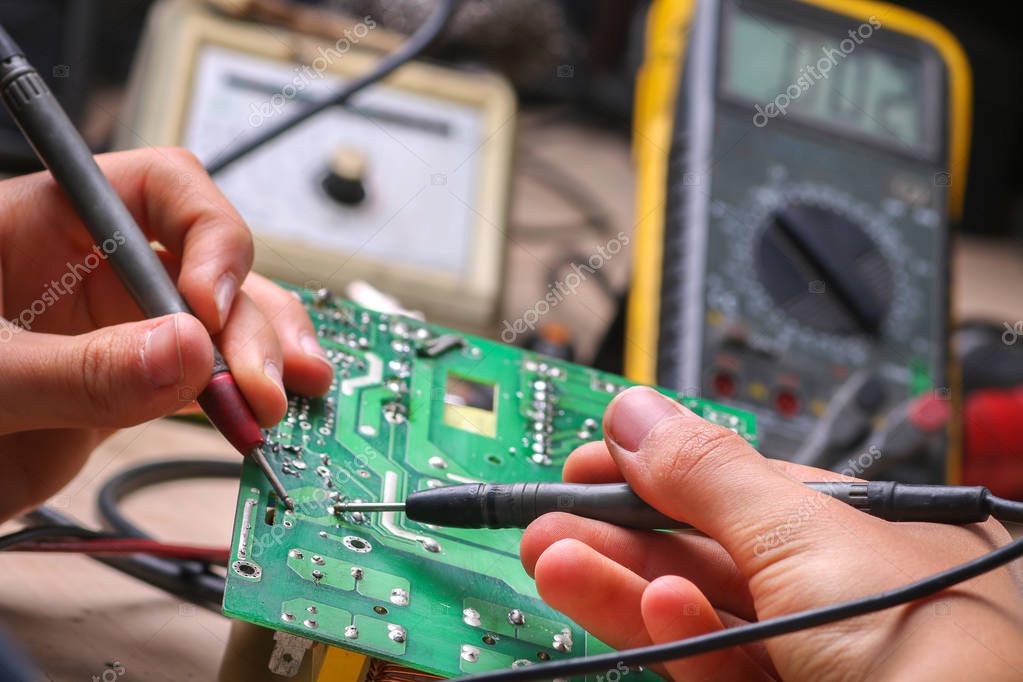Extremely Vicious: Toxicity Can Also Be Found In Your Electronic Devices
Moreover, I can see that big company manufacturers (Apple and Microsoft) of computers are maximizing their scope in order to address the possible issues when the product they're selling will soon be useless as upgrades happen. I commend their efforts, even though it's the bare minimum when you're in the trading and selling business.
(Watch the video created by Microsoft in order to reduce their own electronic waste.)
Furthermore, we can minimize our e-waste by making them useful for a long time. For example, if I buy another phone and I don't think my other phone will be useful to me, then I could pass it down to my nieces and relatives or donate it to some people here in our barangay. Also, if it's reparable, just repair it; it's cheap and causes less harm to our nature. Thus, we have different ways of finding satisfaction in our lives, but let's keep in mind that we are also the ones suffering from the actions that we take.REFERENCES:
WEEE: Waste Electrical and Electronic Equipment – Impact of WEEE. (n.d.). https://ewaste.ece.uw.edu/students/impacts-of-e-waste-on-the-environment/
Gibbons, S. (2021, October 21). How Companies Are Addressing The E-Waste Problem. Forbes. https://www.forbes.com/sites/serenitygibbons/2021/10/21/how-companies-are-addressing-the-e-waste-problem/?sh=208bd0a17c21
Smith, B. (2022, December 3). Microsoft commits to achieve ‘zero waste’ goals by 2030. The Official Microsoft Blog. https://blogs.microsoft.com/blog/2020/08/04/microsoft-direct-operations-products-and-packaging-to-be-zero-waste-by-2030/
All of the photos are not mine and were retrieved from Google.
/168574649-56a7ec485f9b58b7d0ef4897.jpg)



Comments
Post a Comment